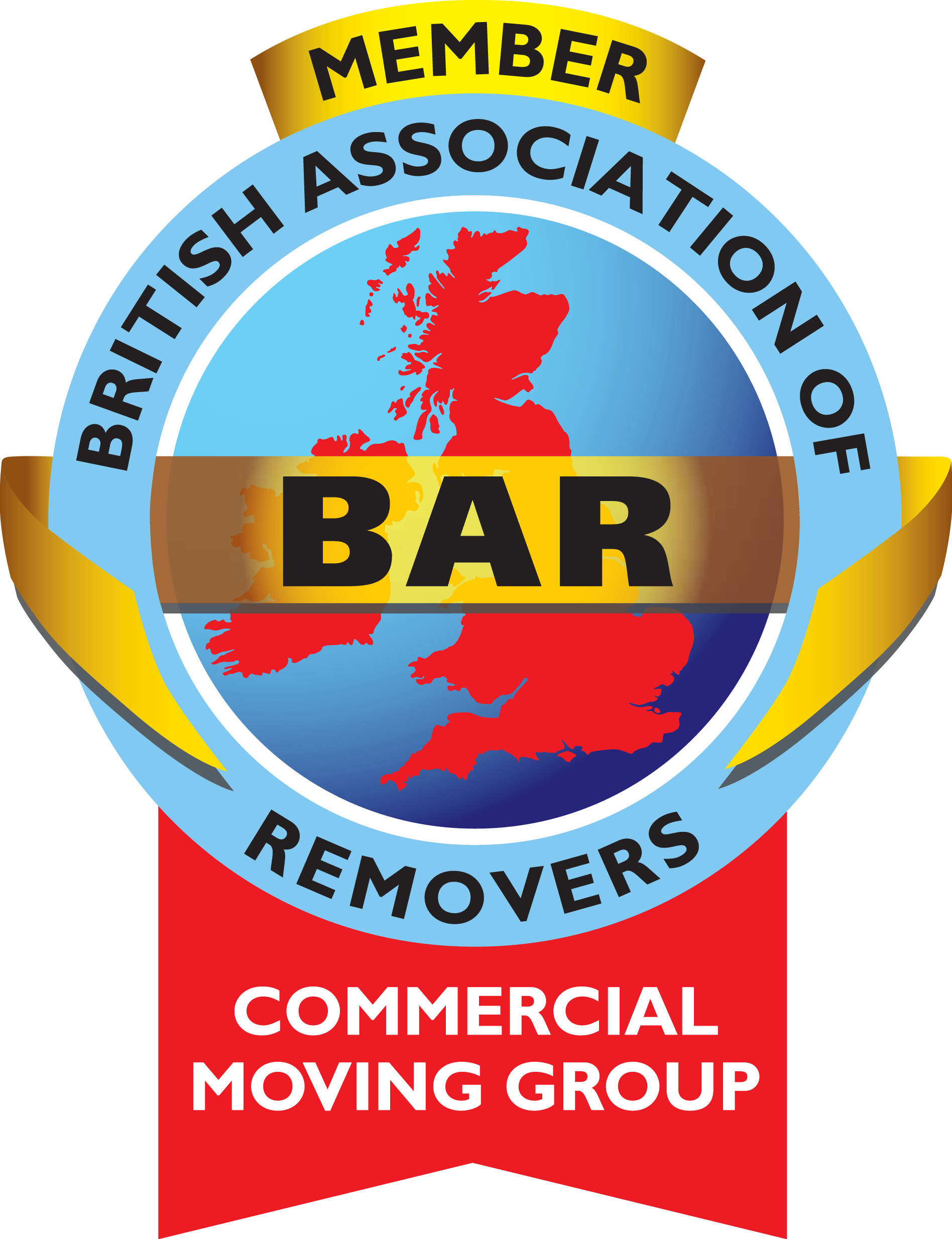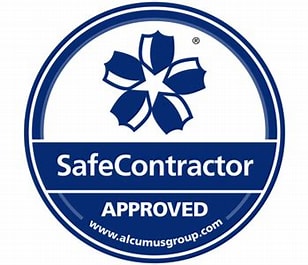How the finance sector can embrace the circular economy
It's time to go beyond the 'Reduce, reuse, recycle' maxim.

MORE STORIES
Please click here to chat through what you'd like your Success Story to be.
By Rachel Houghton, managing director at Business Moves Group
Everyone knows the maxim ‘Reduce, reuse, recycle’. However, as sustainability issues impel business leaders to confront their environmental impact, we all need to go further than this three-step maxim.
This means, working towards the circular economy which can be achieved though the ten R’s. they are:
- Refuse
- Rethink
- Reduce
- Reuse
- Repair
- Refurbish
- Remanufacture
- Repurpose
- Recycle
- Recover
This list gives a great overview of how to cut down on waste and can be used on a personal level as well as for businesses. The key is to go beyond thinking of sending waste to landfill as a last resort – it should not even be a consideration. Your last resort should be recycling, but there is plenty that can be done before you might reach this point to cut down on waste.
Office space for the circular economy
Businesses in the finance sector often have large office spaces in London and across the country. As we move towards making better business decisions for the circular economy, discussions should involve your real estate too.
After the wake of the pandemic, we saw the first, large scale trial of working from home operate worldwide, it was clear to many that it wasn’t as difficult as everyone anticipated. Now, 38 per cent of working adults of in the UK have reported to having worked from home at some point in the week. Businesses can potentially save money by having remote or hybrid workers, and the future of the office is now being questioned. Bloomberg reported that large banks such as HSBC expects to shrink its property footprint by 40 per cent due to the pandemic changing the role of the office.
If finance businesses do decide to cut down their real estate, the next question is how to do this in line with circular economy principles. Repurposing a building is one of the simplest routes, rather than for it to be torn down and have something new rebuilt in its place. Whilst the aesthetics of the building may change, the general infrastructure and frame could, and should, remain for it to become a circular choice.
Sustainable furniture management
The Mace Workplace Survey Report 2021 found that around three quarters of respondents intend to make upgrades to their workplaces in the next two years.
If your business decides to leave an office building, you have more items to deal with including desks and chairs. Communal tables and sofas, filing cabinets and lockers will all be part of the process. So, those who are leading the project will need to address the ten R’s and identify how they can reduce their environmental impact.
One of the best ways to approach your furniture when making changes to your office or leaving it is to do a furniture audit. That way, you can catalogue every item and it will be easier to identify what you decide to keep or part with.
For any furniture you decide you don’t need anymore, these items can be reused in other offices, repurposed for uses outside of office work, donated or sold. Recycling should be your last resort.
We supported a major food brand with an office relocation in London and sold enough excess furniture that the overall cost of the project was reduced by 50 per cent. Across all our work in 2021, we sold 10,000 items on behalf of our clients
Furthermore, existing furniture has already expended its embodied carbon. This includes the emissions created in sourcing materials, making the item, and transporting it. The average office chair has an estimated carbon footprint of 72 (kgCO2e) and a six-person bench desk 228 (kgCO2e). So, repurposing, refurbishing, or reusing is a great way to reduce carbon emissions.
An alternative to selling is donating. We partner with Business2Schools and donate unwanted office furniture to schools throughout the UK on behalf of our clients.
Recycle and recover
When an item has reached the end of its life cycle, we need to look at recycling as a final option. Even at this stage it’s important to make a conscious decision by choosing a recycling firm that will recover all the resources from an item and report back on where those resources have gone. By recycling effectively, it has the potential to save your business money, as you are less likely to come into contact with disposal fines, and valuable parts of the chair such as metals and textiles, can be sold to recyclers.
In 2021, we managed 1,252 tonnes of waste and diverted an average of 98.6 per cent from landfill. That means that in many projects, we diverted 100 per cent, and in 2022 we’re aiming to get our average even higher.
The circular economy is critical to future sustainability, which does require a change in mindset across every business. For any company that has large quantities of real estate, which is common for the finance sector, sustainable furniture management has a part to play. And not only will this help achieve CSR goals, but it is often a cost-effective choice too.
This article was originally published on Finance Derivative. 
MORE STORIES
Please click here to chat through what you'd like your Success Story to be.





